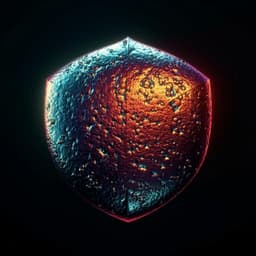
Space Sciences
Direct detection of atomic oxygen on the dayside and nightside of Venus
H. Hübers, H. Richter, et al.
Exciting advancements in Venusian atmospheric research have been achieved by Heinz-Wilhelm Hübers, Heiko Richter, Urs U. Graf, Rolf Güsten, Bernd Klein, Jürgen Stutzki, and Helmut Wiesemeyer. Their direct detection of atomic oxygen in both the dayside and nightside atmospheres at 4.74 THz opens new doors for understanding this enigmatic planet, concentrating around the 100 km altitude and influenced by CO2 and CO photolysis.
~3 min • Beginner • English
Related Publications
Explore these studies to deepen your understanding of the subject.







